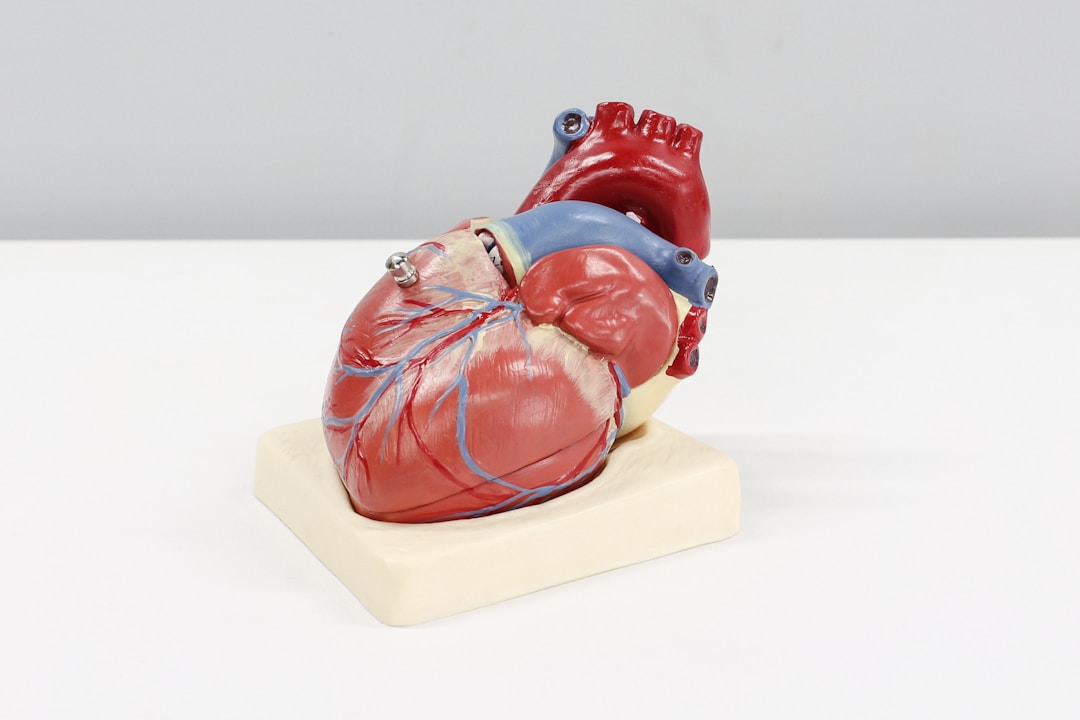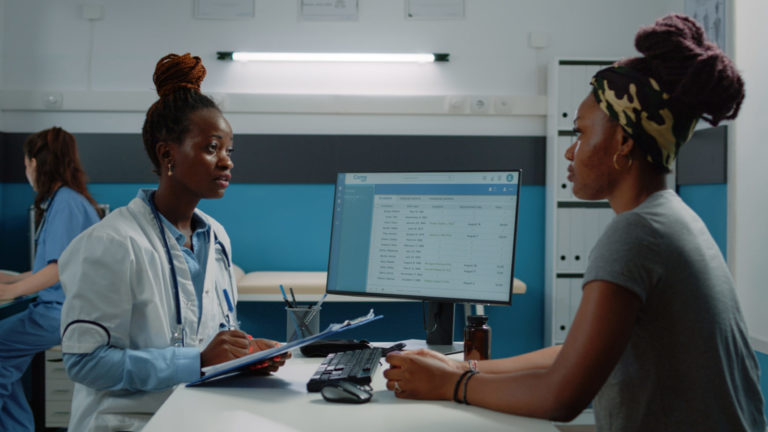Becoming a physician is a goal for millions of people in the United States and all over the world, and cardiology is one of the most fascinating and important specialties to work in. For those who are unaware, cardiology is the study and treatment of disorders related to the heart and blood vessels. Cardiology requires more training than many other medical specialties, but cardiologists also have the opportunity to work on interesting and complex cases, and reasonable job security. If you’re interested in heart health, keep reading to learn more about the three stages of becoming a cardiologist.
1. Receive a comprehensive education.

A great way to learn more about cardiology is to research some of the top doctors in the field. A quick search for the best cardiologists in Los Angeles can give you plenty of examples of working physicians whose stories can help you make decisions about your future career. It’s a good idea to spend some time learning about some of the most successful doctors out there, especially if you’re in the early stages of your education. Cardiology is a broad and complicated field, and you’ll need time to figure out what your clinical interests are. You can even reach out to doctors in your area for advice on what steps to take.
Getting accepted to competitive undergraduate and medical schools isn’t easy, especially with acceptance rates for elite universities in the single digits. It’s worth investing in college application consulting if you’re serious about getting the kind of high-quality education you need to prepare for a career as a cardiologist. Their years of experience can help you craft the best possible application for your dream school.
2. Complete your residency.

After completing medical school, your next step will be completing your residency. The residency requirements for cardiologists are more intense than other specialties, but that is due to the complex nature of the discipline. Before you specialize, you’ll need to finish a three-year residency in internal medicine first. Your clinical rotations will include training in oncology, respiratory medicine, gastroenterology, and more. Your goal should be to build your portfolio and connect with professionals in your field who can help you progress to your cardiology fellowship.
3. Finish a cardiology fellowship.

A cardiology fellowship is the next step after residency and is also three years long. Your fellowship will teach you how to manage cardiac conditions, perform procedures, and research your clinical interests. At the end of your fellowship, the final step on the road to becoming a practicing physician is receiving your board certification. Once you’ve been certified, you can begin applying for jobs and practicing as a physician independently.
It’s important to keep in mind that being a good doctor involves taking care of yourself, too. Cardiology is one of the most challenging and stressful specialties, and it’s essential that you learn how to manage your time and address your individual needs while still performing the duties of your job. Sleep deprivation in particular can be a real problem since fatigue can affect physician performance and result in worse outcomes for patients.
It isn’t easy to become a cardiologist, and training alone will encompass over 14 years of your life. However, this training is necessary due to the immense responsibility that physicians have to provide quality care and the complicated nature of heart health. Educational training is always the first step, which typically involves obtaining an undergraduate degree, then graduating from medical school. After a three-year residency in internal medicine, you’ll receive training in cardiac medicine specifically as a part of your fellowship, and then you’ll finally be able to practice independently after passing your board certification exam.















